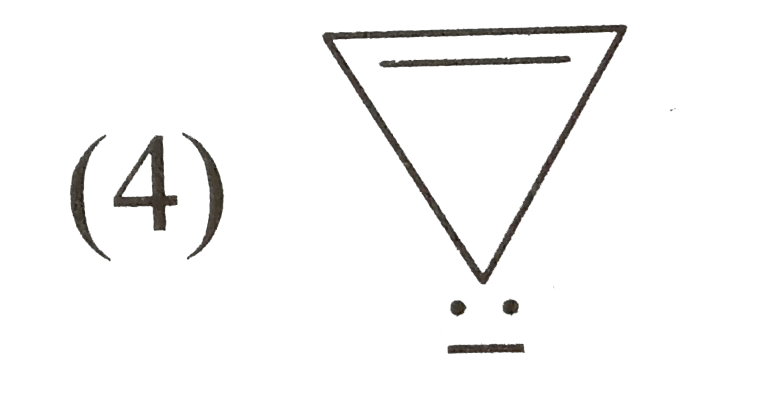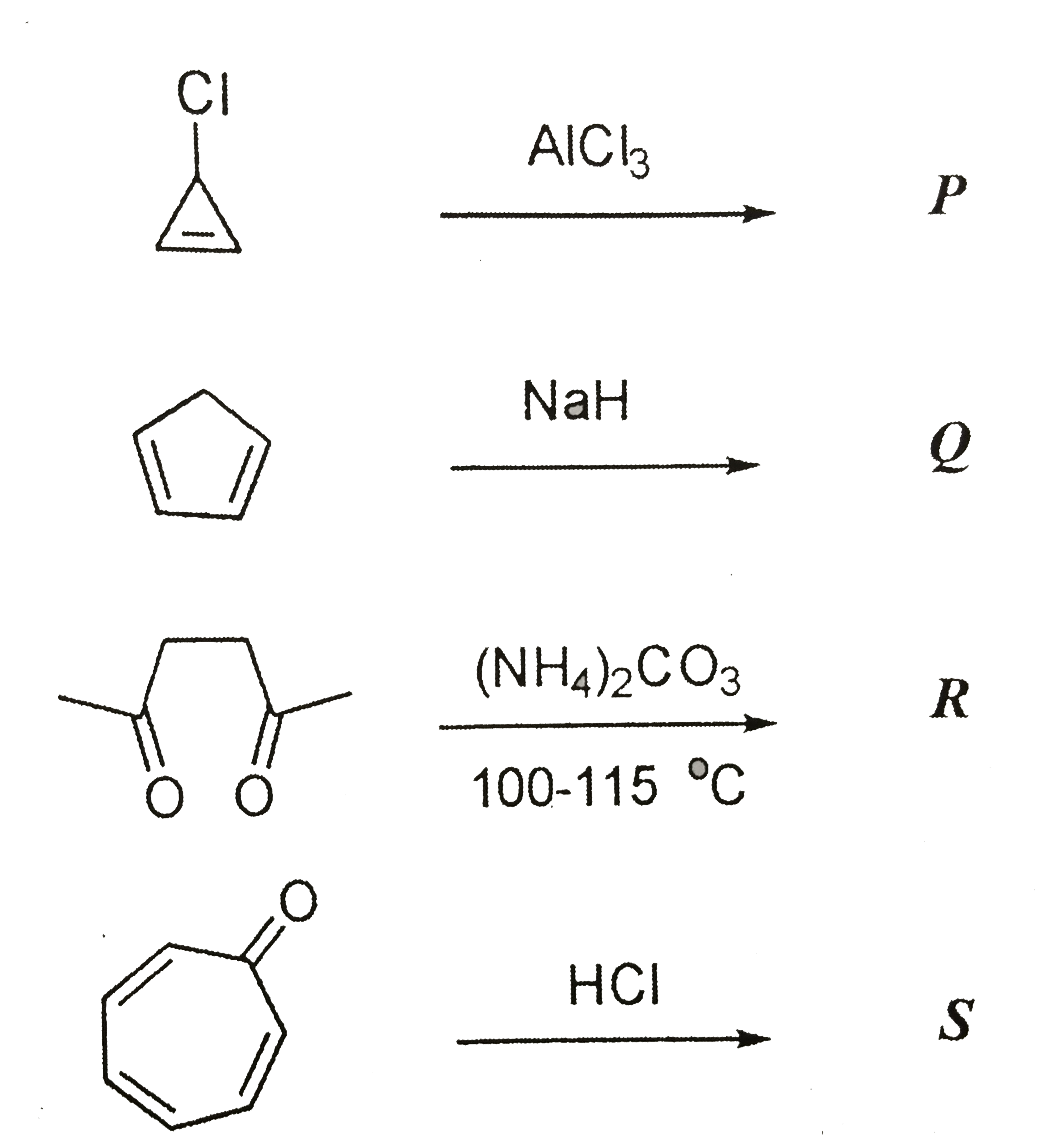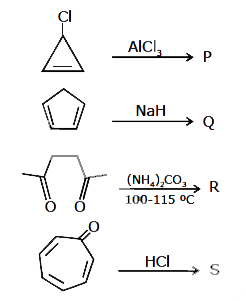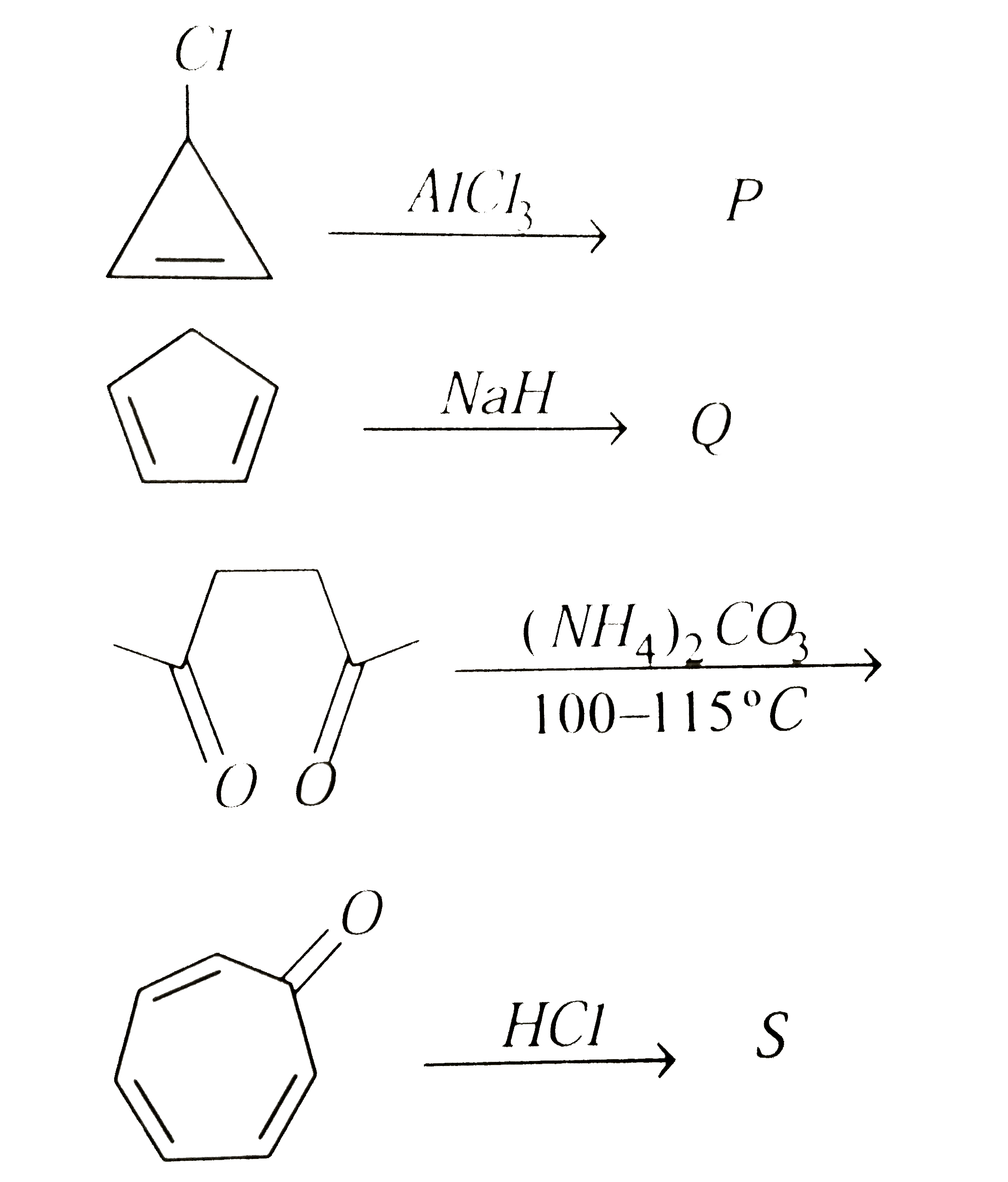Among P, Q, R, S the aromatic compound is


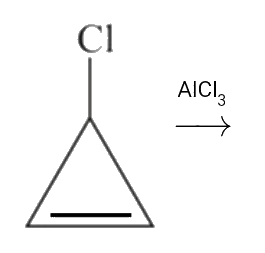
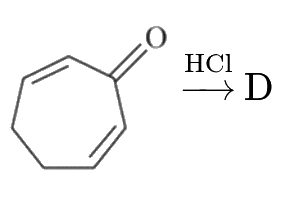
The correct Answer is:C
To determine which among the compounds P, Q, R, and S is aromatic, we will follow the criteria for aromaticity, specifically Huckel's rule, which states that a compound is aromatic if it has a planar cyclic structure with (4n + 2) π electrons, where n is a non-negative integer (0, 1, 2, ...).
1. Identify the Compounds: We need to analyze the structures of compounds P, Q, R, and S to identify their characteristics. Since the specific structures are not provided in the question, we will assume hypothetical structures for the purpose of this explanation.
2. Check for Cyclic Structure: For a compound to be aromatic, it must have a cyclic structure. We need to check if each compound is cyclic.
3. Check for Planarity: The compound must also be planar. This means that all atoms in the ring must lie in the same plane.
4. Count the π Electrons: We need to count the number of π electrons in the cyclic structure. This is typically done by counting the number of double bonds and lone pairs that can contribute to π bonding.
5. Apply Huckel's Rule:
- If the number of π electrons (let's denote this as 'p') fits the formula (4n + 2), where n is a non-negative integer, then the compound is aromatic.
- If it fits the formula 4n, then it is anti-aromatic and not stable.
6. Evaluate Each Compound:
- Compound P: Assume it has no π electrons. (0 π electrons) → Not aromatic.
- Compound Q: Assume it has 4 π electrons. (4 π electrons) → Anti-aromatic.
- Compound R: Assume it has 2 π electrons. (2 π electrons) → Aromatic (since 2 = 4(0) + 2).
- Compound S: Assume it has 6 π electrons. (6 π electrons) → Aromatic (since 6 = 4(1) + 2).
7. Conclusion: Based on the analysis, if R and S both have the required number of π electrons, they can be considered aromatic. However, if we are to choose only one aromatic compound, we would typically select the one with the lowest n value that satisfies Huckel's rule.
Thus, if we assume R has 2 π electrons and S has 6 π electrons, both are aromatic, but R is the simplest aromatic compound.
Final Answer:
The aromatic compound among P, Q, R, and S is R.
- If the number of π electrons (let's denote this as 'p') fits the formula (4n + 2), where n is a non-negative integer, then the compound is aromatic.
- If it fits the formula 4n, then it is anti-aromatic and not stable.
- Compound P: Assume it has no π electrons. (0 π electrons) → Not aromatic.
- Compound Q: Assume it has 4 π electrons. (4 π electrons) → Anti-aromatic.
- Compound R: Assume it has 2 π electrons. (2 π electrons) → Aromatic (since 2 = 4(0) + 2).
- Compound S: Assume it has 6 π electrons. (6 π electrons) → Aromatic (since 6 = 4(1) + 2).
The aromatic compound among P, Q, R, and S is R.
Topper's Solved these Questions
Similar Questions
Knowledge Check
Among P, Q, R and S, the aromatic compounds(s) is/are
 APBQCRDS
APBQCRDSAmong the following aromatic compound is
A B
B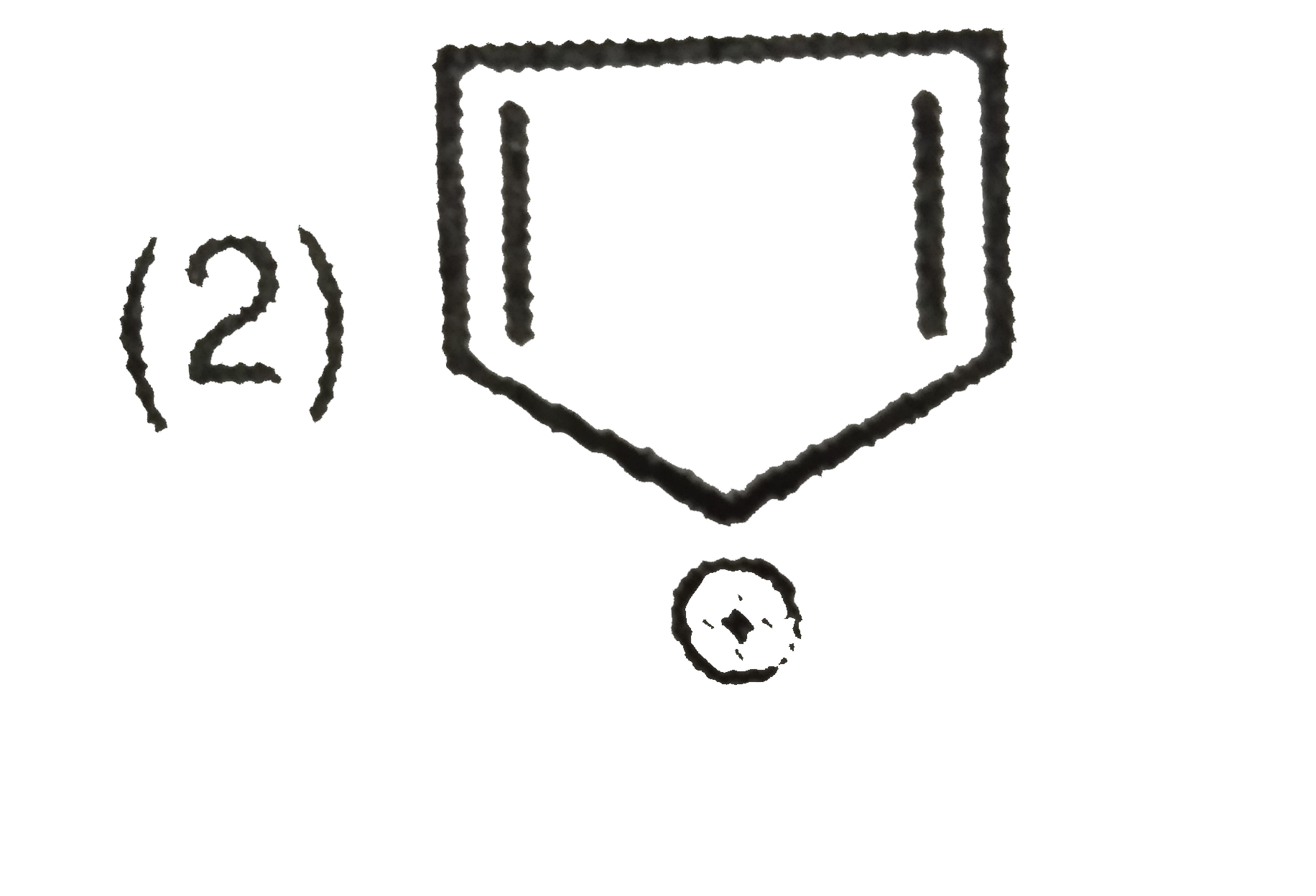 C
C D
D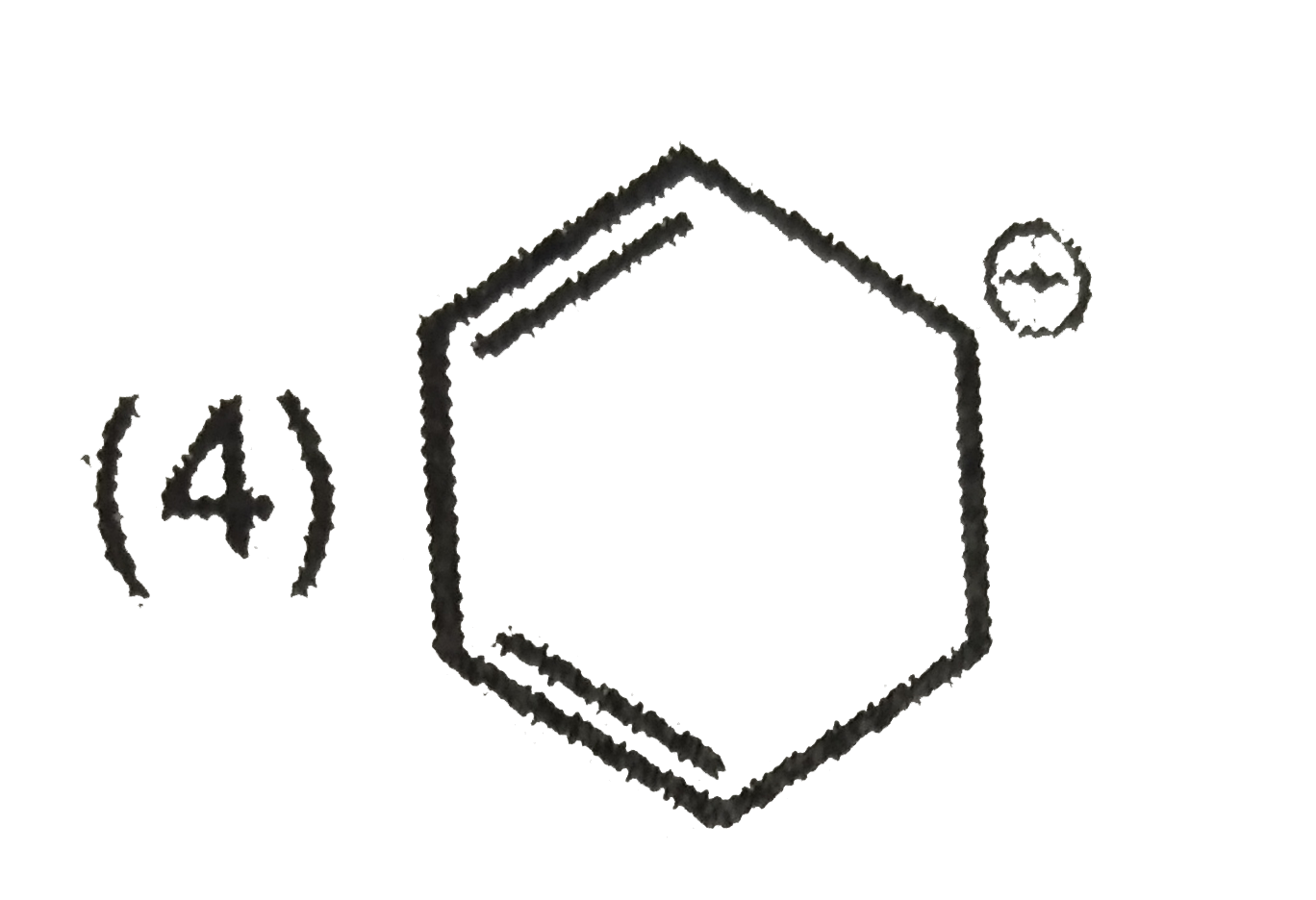
Among the following, the aromatic compound is
A B
B C
C D
D